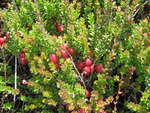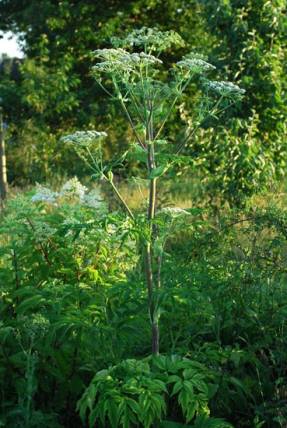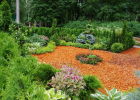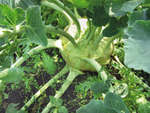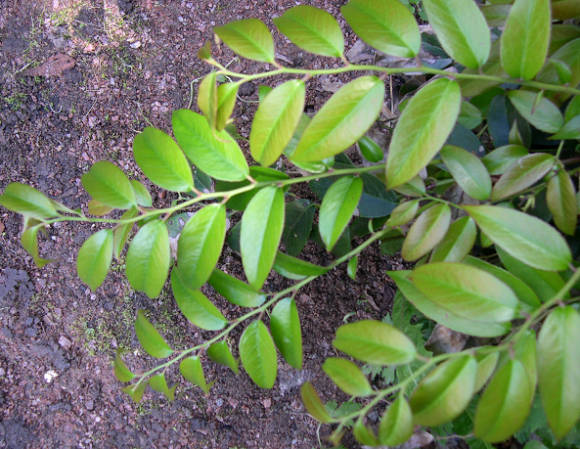
Widespread in China many centuries ago, bemeria is snow-white, with spinning properties, and today it is used in the production of elite ramie fabrics. Natural nettle fabrics exported to European countries are used for the manufacture of various clothing for adults: light jackets, jackets, trousers, skirts, as well as thin men's shirts and women's blouses are sewn from them. Due to its high absorbency and resistance to dirt, ramie is used in the manufacture of towels, bedding and other luxury home textiles. The main use of ramie is associated with the manufacture of yarn and fabrics of mixed composition, including natural ones. The tensile strength of ramie fiber is 7 times higher than that of silk, and 8 times higher than that of cotton. Ramies in luxury fabrics are often mixed with cotton (usually 55% ramie and 45% cotton).

Few people know that in real branded jeans, the fabric usually contains snow-white bemeria fiber, which makes their dense fabric soft, comfortable and with good breathability.
Since the fibers of Chinese nettle absorb not only moisture well, but also various harmful impurities, short and coarse threads are used in the production of various filters and cleaning devices. These threads are also used to make strong ropes, ropes and fishing nets, as well as parachutes and woven fire hoses. And scraps of nettle fibers are used to make especially durable and expensive grades of paper, including the one from which banknotes are made.
Plant edible
Basically, beomeria is an edible plant. Rather, you can use its roots in cooking - peeled and boiled, they have a completely pleasant, slightly sweetish taste. But this dish can hardly be called a delicacy - the whole point is that the root has a very strange, unusual slimy texture, which is not liked by most of the people who have tried it, despite its very good taste. And before you swallow the cooked root, you need to chew it for a long time and thoroughly in order to fully experience all the unusualness of its texture. Sometimes in the Asian region, young leaves of bemeria are used in the manufacture of cakes. The leaves are also used as a dye for the traditional Asian black rice cake.
Ramie leaves are used in traditional medicine of Asian countries to relieve internal fevers, treat infections of the urethra and wounds; and the roots - for the treatment of the threat of miscarriage, colic during pregnancy, hemorrhoids. In addition, young leaves are used as food for silkworms.
Rami festival in Korea
In Korea, an annual rami festival is held. Ramie fibers are called "mosi" in Korea. This festival takes place in the summer in Hansan. The most attractive component of this interesting and colorful event is the traditional fashion show of professional models in outfits made from ramie fabrics. And the fair, where you can buy, among other things, your favorite items from the fashion show, every year attracts buyers from all over the world. It is here that you can easily meet world-famous couturiers, family members of multimillionaires, sheikhs, Hollywood stars, and world-famous opera divas. Ramie clothes are not only very comfortable, but also very high status!
Read also articles:
- White Beomeria - Chinese stinging nettle ramie
- How ramie is grown

